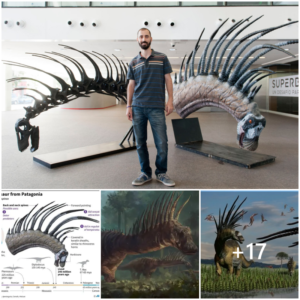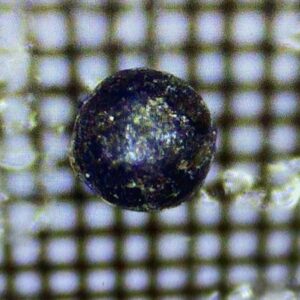In Egypt, archaeologists have unveiled a recent tomb discovery — the ancient burial site of a high priest, undisturbed for 4,400 years and adorned with intricate hieroglyphics. Mostafa Waziri, the secretary-general of the Supreme Council of Antiquities, hailed the finding as “unprecedented in the last decades.”
This tomb was concealed within a ridge at the historic necropolis of Saqqara, remaining untouched and unspoiled. Authorities anticipate additional revelations as archaeologists continue to excavate the site in the coming months.

The high priest demonstrated a profound devotion to his mother, as evidenced by numerous inscriptions, statues, and drawings found within the tomb. Mostafa Waziri highlighted this observation in an interview, noting that despite the tomb’s age of almost 4,400 years, the vibrant colors have remarkably endured.
Known as “Wahtye,” the high priest served during the Fifth Dynasty under the reign of King Neferirkare (between 2500-2300 BC) at the Saqqara necropolis in Egypt. The hieroglyphs above the tomb’s entrance not only disclose the priest’s name but also unveil his various prestigious titles.

The tomb’s rectangular gallery is adorned with painted reliefs, sculptures, and inscriptions, remarkably well-preserved despite the considerable passage of time.
These reliefs portray Wahtye himself, along with his wife Weret Ptah and his mother Merit Meen. Additionally, scenes of everyday life, including hunting, sailing, and the production of goods like pottery, are depicted, as reported by National Geographic.
During the excavation, the team of Egyptian archaeologists uncovered five shafts within the tomb. After clearing away the final layer of debris on December 13, 2018, they revealed these shafts, as explained by Waziri.

While one of the shafts was unsealed and found to be empty, the remaining four were securely closed. Anticipating significant discoveries, archaeologists plan to excavate these sealed shafts. Mostafa Waziri expressed optimism about one particular shaft, stating in an interview, “I can imagine that all of the objects can be found in this area,” as he pointed to one of the sealed shafts. “This shaft should lead to a coffin or a sarcophagus of the owner of the tomb.”
Providing dimensions, Waziri mentioned that the tomb measures 33 feet in length, 9 feet in width, and just under 10 feet in height.

Numerous illustrations within the tomb showcase diverse scenes, including the crafting of pottery and wine, the preparation of religious offerings, musical performances, sailing boats, the creation of funerary furniture, and hunting, as reported by Egypt Today. NPR further notes that the Saqqara site is a component of a broader complex, where archaeologists have unearthed art and architecture providing valuable insights into the daily life of ancient Egypt.
The reign of the Fifth Dynasty, spanning from around 2500 BC to 2350 BC, occurred shortly after the construction of the Great Pyramid of Giza.

Saqqara, serving as the necropolis for Memphis, the ancient capital of Egypt for over 2 millennia, played a pivotal role in the funerary practices of the time.
In ancient Egypt, the process of mummification was employed to preserve human bodies for the afterlife, while animal mummies were dedicated as religious offerings.
The pace of archaeological discoveries appears to be accelerating. In November 2018, archaeologists uncovered eight new limestone sarcophagi containing mummies at a site located 25 miles south of Cairo. According to Egypt’s Antiquities Ministry, these mummies were dated to the Late Period (664-332 BC) and featured an outer layer of cartonnage — papyrus or linen covered in plaster — adorned with painted human forms. Notably, three of the mummies were exceptionally well-preserved.

Photographs reveal the sarcophagus adorned with deep ochre and blue hues. Additionally, just days prior to the discovery of the eight mummies, archaeologists found the remarkably well-preserved mummy of a woman inside a coffin in Egypt, dating back over 3,000 years.
This particular sarcophagus was unveiled on November 24th, part of a pair of coffins discovered in El-Assasif, Luxor, situated along the banks of the Nile.



